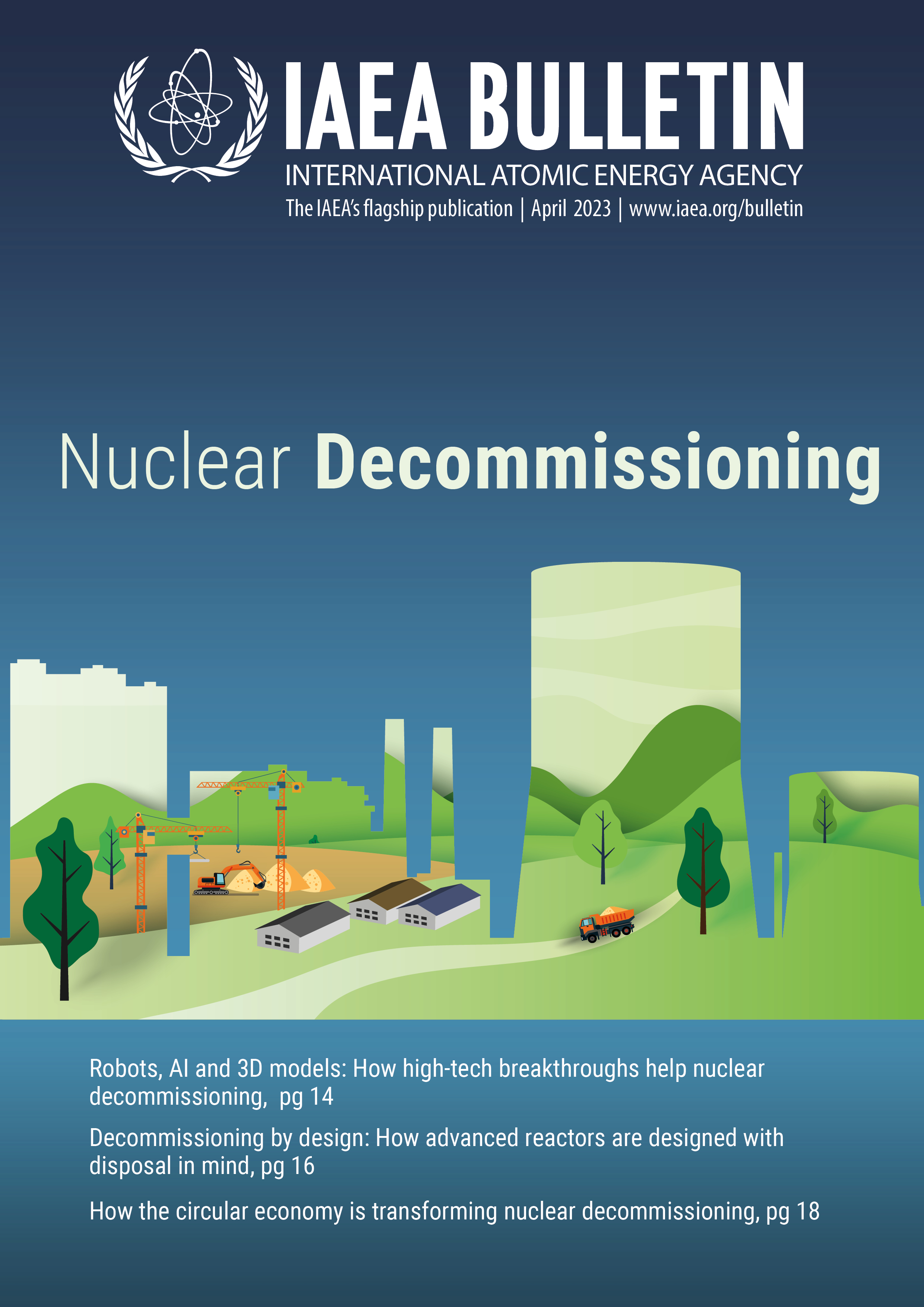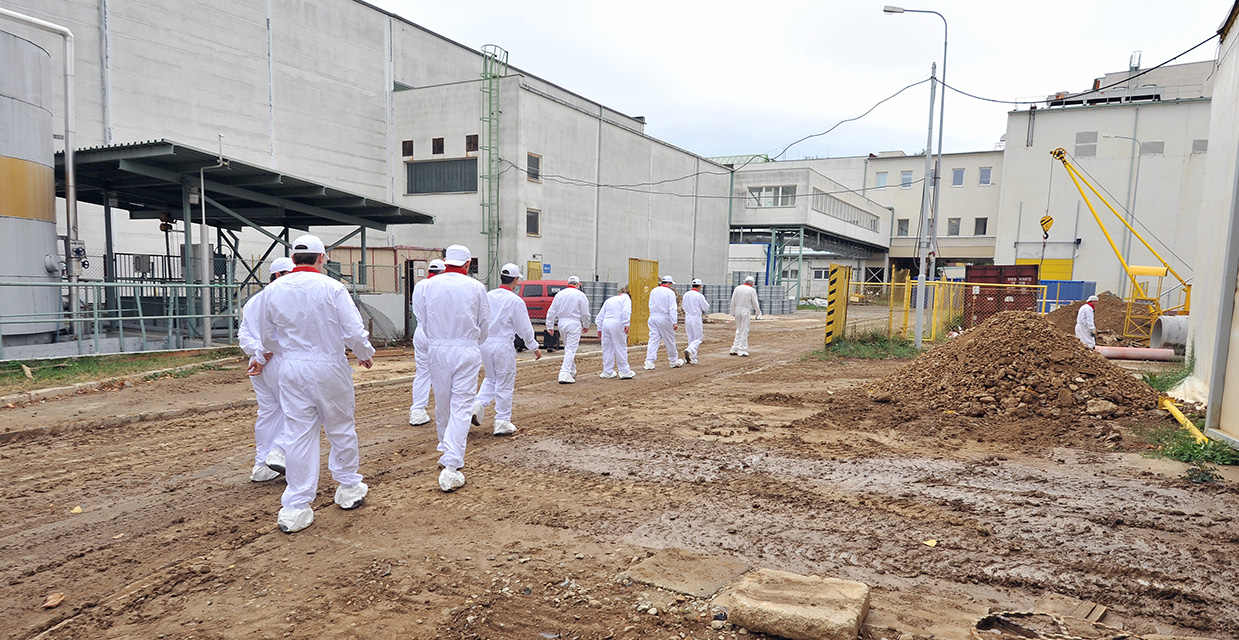When Slovakia joined the European Union (EU) in 2004, it did so on an important condition relating to nuclear safety: the country would need to shut down and decommission its V1 reactors at the Bohunice nuclear power plant. These were Soviet-era reactors that were considered to no longer meet the relevant nuclear safety standards of the day. The Slovakian Government made a commitment to decommission the reactors and, in the process, it set an example for others to follow on decommissioning a nuclear power plant safely, efficiently and effectively. With support from the IAEA and the European Commission, Slovakia is now sharing what it has learned in order to benefit other countries.
Slovakia generates a little more than half of its electricity from nuclear energy. The four reactors at the Bohunice site have played a large role in this. The Bohunice V1’s first unit, which started up in 1978, was the site’s first pressurized water reactor using a water cooled, water moderated power reactor (WWER) 440 V230 design. It was one of the earliest versions of ‘water-water energetic reactors’ developed by the Soviet Union. However, there were challenges regarding the containment building’s design, as it was at greater risk of large pipe breaks compared to later buildings that were constructed using improved designs.
Olena Mykolaichuk, Director of the Division of Nuclear Fuel Cycle and Waste Technology at the IAEA, has worked closely with experts from Slovakia’s State-owned Nuclear and Decommissioning Company (JAVYS) as the Bohunice V1 decommissioning project has progressed. “Throughout decommissioning, JAVYS has turned to innovative digital tools to ensure that the process was safe and efficient. These tools are now being adopted by decommissioning projects around the world,” Mykolaichuk said.

